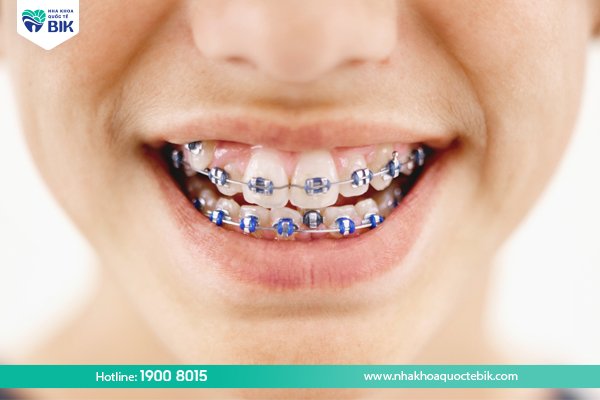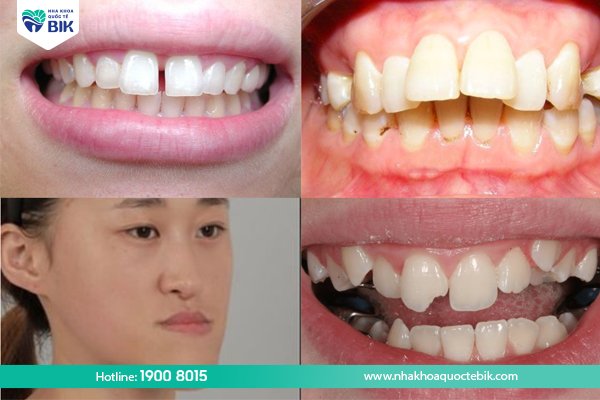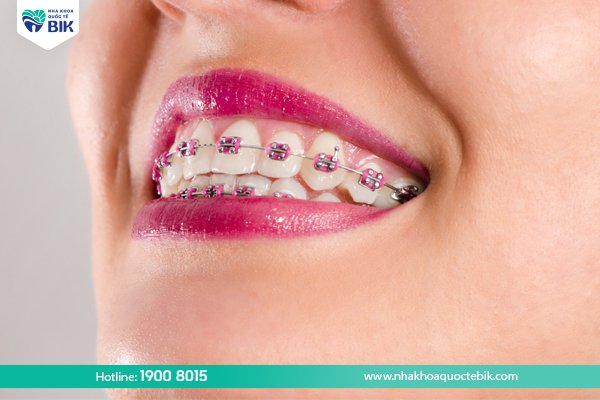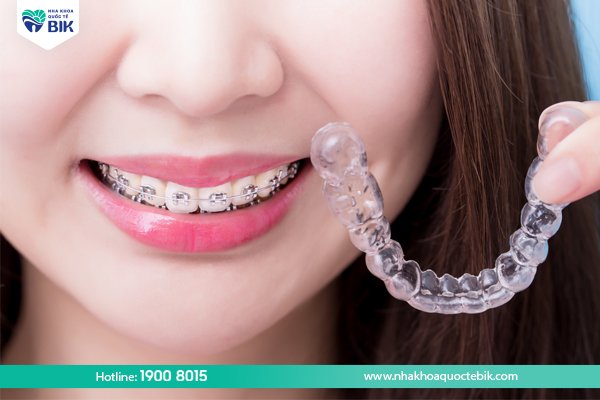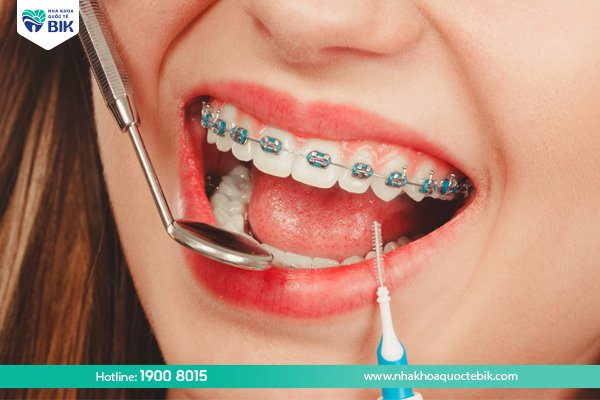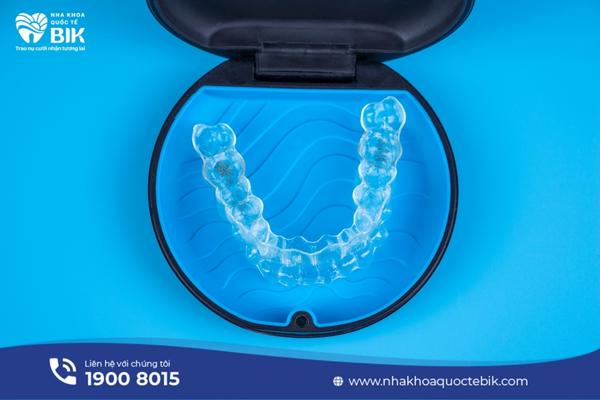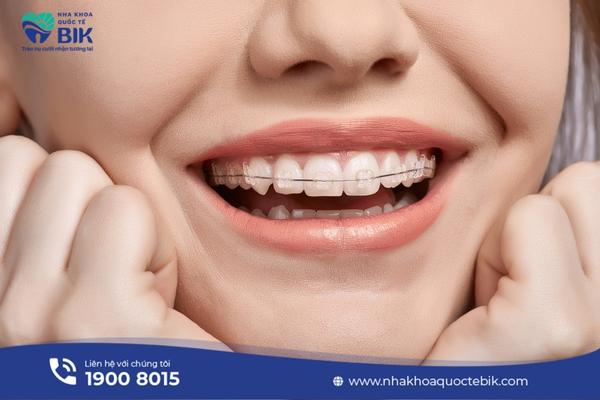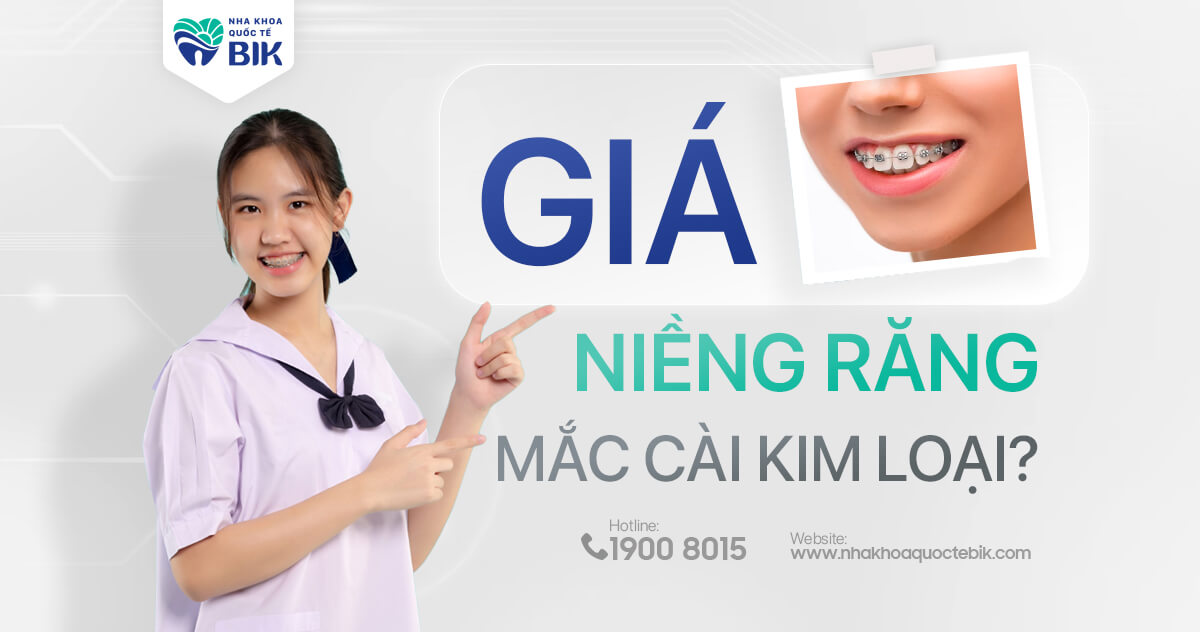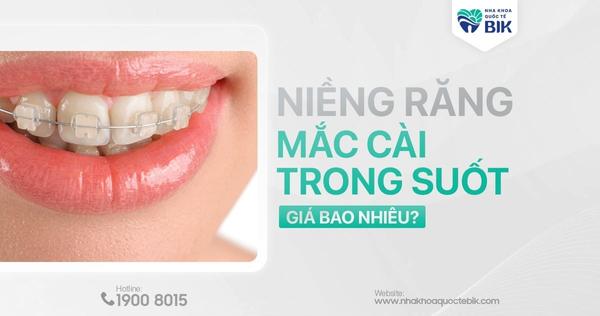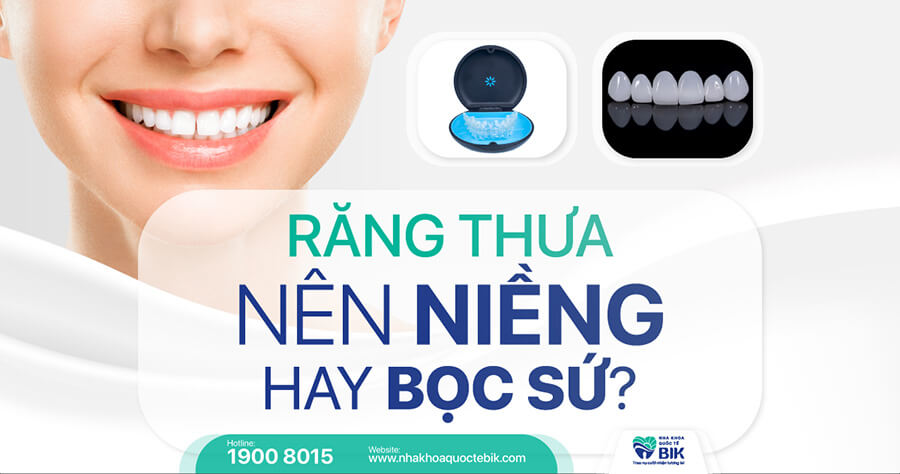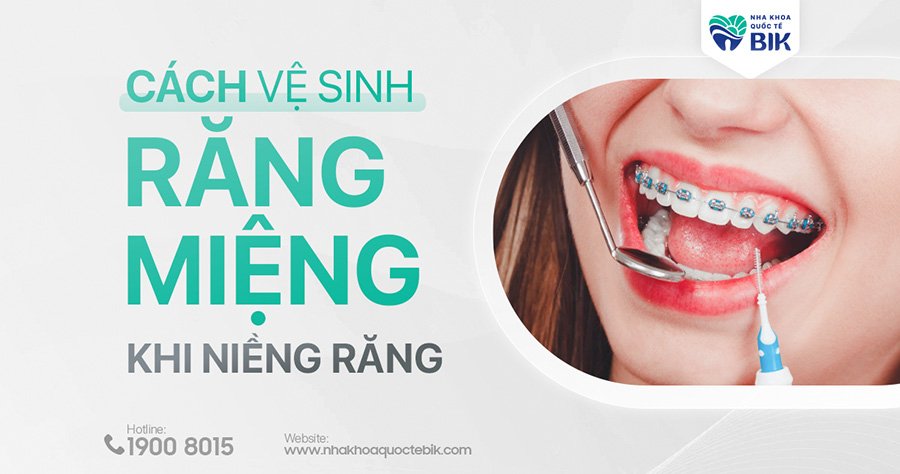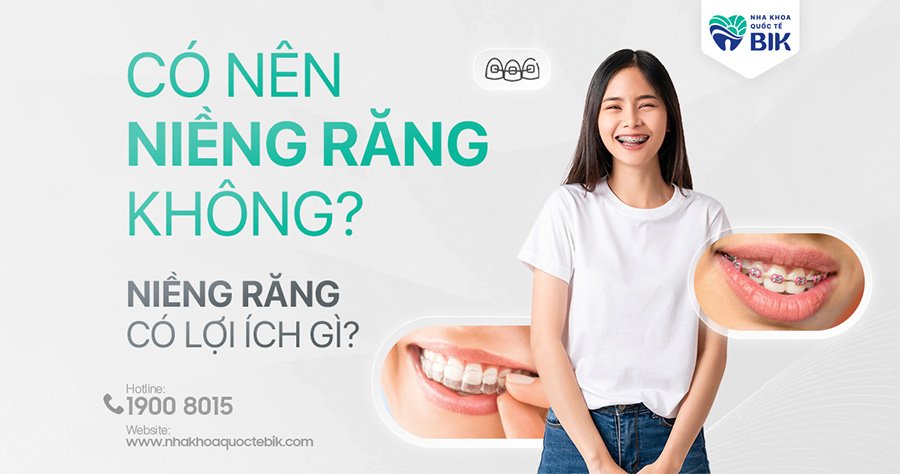
Braces are a very popular orthodontic method today thanks to its effectiveness in correcting some defects on the teeth and mild to severe misalignment of the bite. Although it brings many benefits in terms of aesthetics and oral health, whether or not to have braces still depends a lot on the condition of the teeth and the customer also needs to meet certain conditions to implement this solution.
1. Should I get braces?
Braces are an orthodontic cosmetic method that effectively corrects buck teeth, underbites, misaligned teeth, etc. Braces bring the following benefits:
1.1. Improve aesthetics
Thanks to the tightening force of orthodontic appliances that help teeth move to the correct position on the jaw, after only 1-2 years, customers can have a smile with even, beautiful teeth. In addition, braces also help correct misaligned bites, making the face balanced and harmonious.
1.2. Restore chewing function
Braces help to correct the bite, making it easier to crush food. Customers will not have to worry about enjoying foods that are too tough or too hard after finishing the orthodontic process.
1.3. Prevent many oral diseases
The fact that teeth grow crookedly and unevenly often makes oral hygiene much more difficult. This creates favorable conditions for bacteria to grow, causing bad breath, tooth decay, gingivitis, etc. Therefore, thanks to being able to bring beautiful, even teeth, braces are the optimal solution to help prevent many oral diseases.
2. In which cases can braces be performed?
Doctors will usually prescribe braces in the following cases:
2.1. Braces for protruding teeth
Braces for protruding teeth are a type of bite misalignment in which the upper jaw protrudes more than the lower jaw, causing the mouth to protrude. This condition not only affects the ability to chew but also causes a loss of aesthetics, making many people feel self-conscious.
2.2. Braces for buck teeth
Brace for buck teeth, also known as reverse bite, is a serious form of bite misalignment. A standard bite is when biting the molars, the upper jaw must be outside the lower jaw. However, those with buck teeth will have the upper jaw recessed compared to the lower jaw. Buck teeth seriously affect facial aesthetics and also reduce chewing function.
2.3. Braces for gapped teeth
Gapped teeth are a condition in which the teeth grow far apart on the jaw, creating gaps between the teeth. The cause of this can be due to the jaw bone being too wide, due to impacted teeth or due to congenital tooth loss.
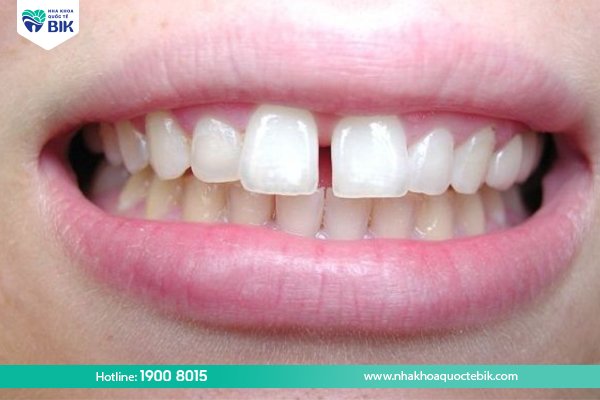
Due to the gaps between the teeth, food can easily get stuck inside during eating and drinking. Over time, this will form tartar and affect oral health. Not only that, these gaps also make the smile less attractive and less confident.
2.4. Braces for crooked teeth
Crossed teeth are a fairly common condition in which teeth can protrude outward, some grow inward or tilted,… so when looking at them, the teeth will look very messy and unsightly. This also makes it easy for food to stick to the tooth surface because oral hygiene is very difficult.
2.5. Open bite braces
Open bite is a condition where the two jaws cannot bite together. The cause is many bad habits formed from childhood such as: frequent thumb sucking, mouth breathing, tongue thrusting, etc. When having an open bite, pronunciation and communication skills also become worse. Usually, customers who want to treat open bite also need more time than other cases.
3. When should braces be done?
In fact, if braces are done at the right time, they will be effective quickly, thereby saving a lot of time and money.
According to the advice of experts, parents should have their children get braces when they detect signs of abnormal growth after the baby teeth are replaced by permanent teeth. Therefore, the period of about 12-16 years old is the best time to get braces. At this stage, the permanent teeth have fully grown, the jawbone is not really strong, so the time for braces will be shortened. In addition, because the teeth can move easily, the feeling of pain is also less. In addition, children from 6-7 years old and up can go to the dentist to control the teething process.
In addition to the above stage, customers can still perform braces if the bones and teeth are still strong. However, the jaw bone structure has now become stronger and the teeth have grown stably, so moving the position will be difficult.
4. Should I have braces for my protruding teeth?
Protruding teeth belong to the canine group, which plays a role in tearing food. Whether or not to have braces for protruding teeth also depends on many factors. If the protruding teeth make the smile more charming and impressive, the customer can keep them.
In case the protruding teeth protrude too much, changing the bite and causing difficulty in oral hygiene, the customer should go to the dentist to be examined and given appropriate solutions, including braces for protruding teeth.
5. How long does it take to get braces?
With the development of current braces techniques and the support of modern technology and machinery, braces have become simpler and faster than before. Normally, the average braces case will last about 1 year – 1.5 years. In cases of severe misalignment, overbite, or underbite, it can last from 2-3 years. The time for braces can be shortened and results can be faster if you strictly follow the instructions of a specialist.
6. Common problems when wearing braces
Some common problems that can occur after wearing braces include:
6.1. Mild discomfort
To wear braces, customers need to wear an orthodontic appliance to help push their teeth to the desired position. This appliance can be a traditional wire system, braces or modern clear plastic braces. Initially, wearing braces often makes customers feel a little uncomfortable because the oral cavity has not yet adapted. This feeling will gradually decrease over time and there is nothing to worry about.
6.2. Damage to the mucosa
When customers choose the traditional braces method, the archwire and bracket system will be fixed to the teeth. This can irritate the mucosa and damage the soft tissues in the oral cavity. One of the common ways to overcome this condition is to use orthodontic wax.
6.3. Toothache
Toothache is an inevitable symptom during the braces process because the teeth will have to endure the force from the orthodontic appliance. This pain is completely normal and is a good sign that the teeth are moving as desired.
So whether or not to have braces depends on many factors. To get a truly accurate answer, you should go to BIK International Dental Clinic for a specific examination and consultation based on your oral condition.

